
The Teachings of Nichiren Daishonin
The core of Nichiren’s humanistic philosophy.
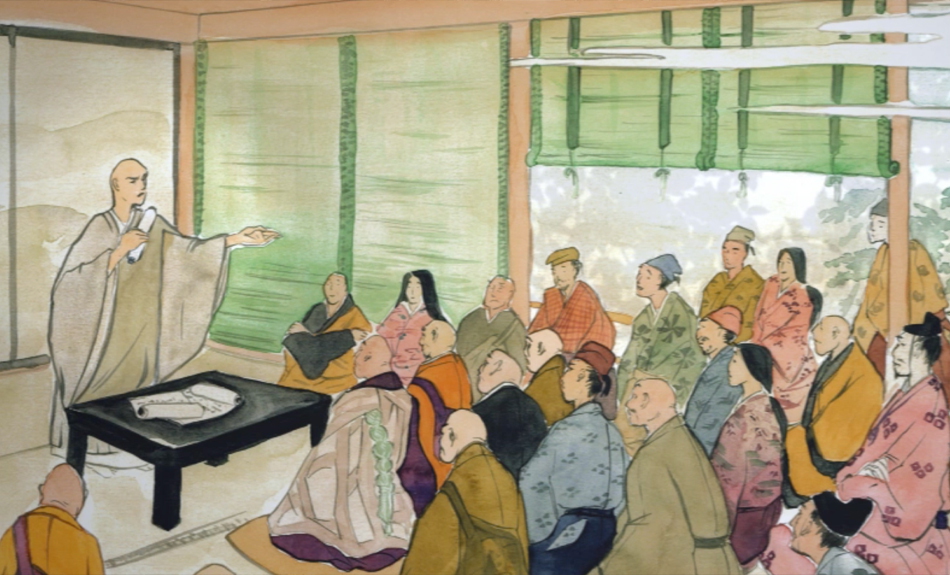
The Heart of the Lotus Sutra
Nam-myoho-renge-kyo is only one phrase or verse, but it is no ordinary phrase, for it is the essence of the entire sutra … Everything has its essential point, and the heart of the Lotus Sutra is its title, or Nam-myoho-renge-kyo … Chanting the title alone is the source of tremendous good fortune.
—Nichiren Daishonin, The Writings of Nichiren Daishonin, vol. 1, pp. 922–23
Nam-myoho-renge-kyo is not only the core of the Buddha’s lifetime teachings, but also the heart, essence, and ultimate principle of the Lotus Sutra.
—Nichiren Daishonin, WND-1, 860
Nichiren realized that the universe is subject to a single Law found in the Lotus Sutra. He expressed this Law as Nam-myoho-renge-kyo, from the Japanese reading of the Lotus Sutra’s title. Nichiren taught that all who chant Nam-myoho-renge-kyo can attain Buddhahood in this life, just as they are.
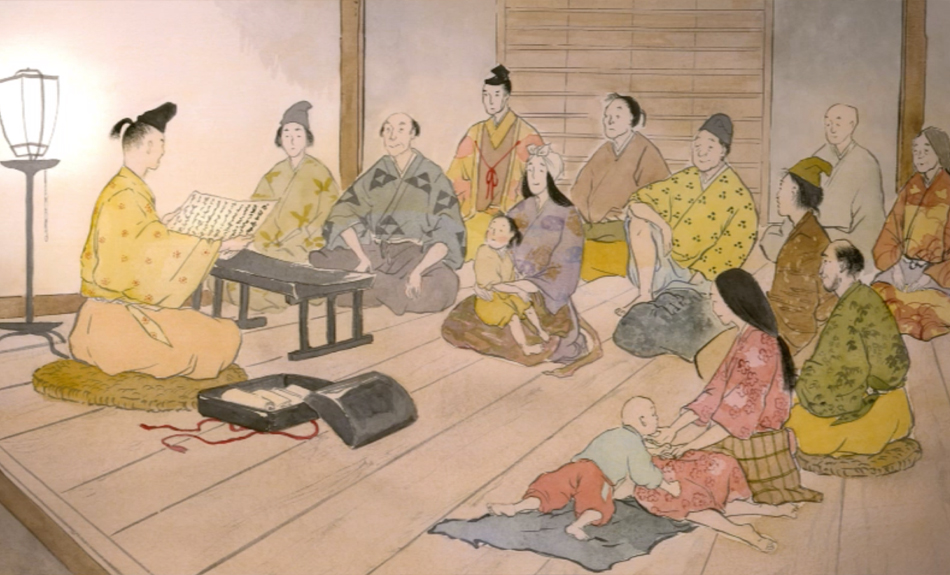
A Buddhist Practice Accessible to All
The five characters of Myoho-renge-kyo do not represent the sutra text, nor are they its meaning. They are nothing other than the intent of the entire sutra. So, even though the beginners in Buddhist practice may not understand their significance, by practicing these five characters, they will naturally conform to the sutra’s intent.
—Nichiren Daishonin, WND-1, 788
A teaching this easy to uphold and this easy to practice was expounded for the sake of all living beings in … this latter age.
—Nichiren Daishonin, WND-1, 923
Even though one neither reads nor studies the sutra,” Nichiren writes, as long as one chants Nam-myoho-renge-kyo, they can attain enlightenment. This simple Buddhist practice made the Lotus Sutra and Buddhahood accessible to all people.
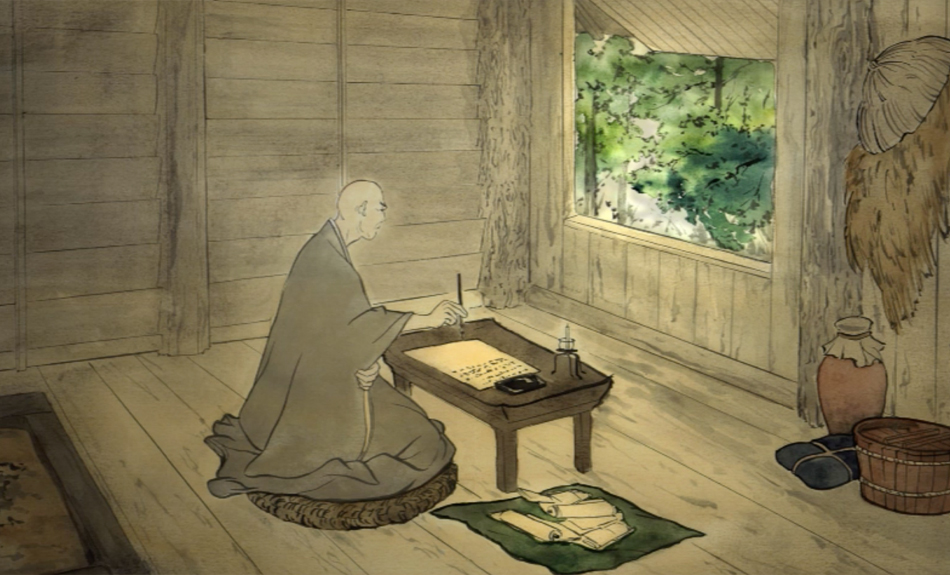
Transforming Our Lives
It is the heart that is important.
—Nichiren Daishonin, WND-1, 1000
You must quickly reform the tenets that you hold in your heart and embrace … the single good doctrine [of the Lotus Sutra]. If you do so, then the [world] will become the Buddha land, and how could a Buddha land ever decline?
—Nichiren Daishonin, WND-1, 25
“Transforming the human heart is the foundation for all lasting change,” says Daisaku Ikeda. (2010 Mar–Apr Living Buddhism, p. 105) “Chanting Nam-myoho-renge-kyo is the only way to truly polish our lives at the deepest level … It is our fundamental Buddhist practice for inner transformation … It has the power to unlock our innate life force and invigorate society with dynamism.” (2011 Sep–Oct Living Buddhism, p. 75)
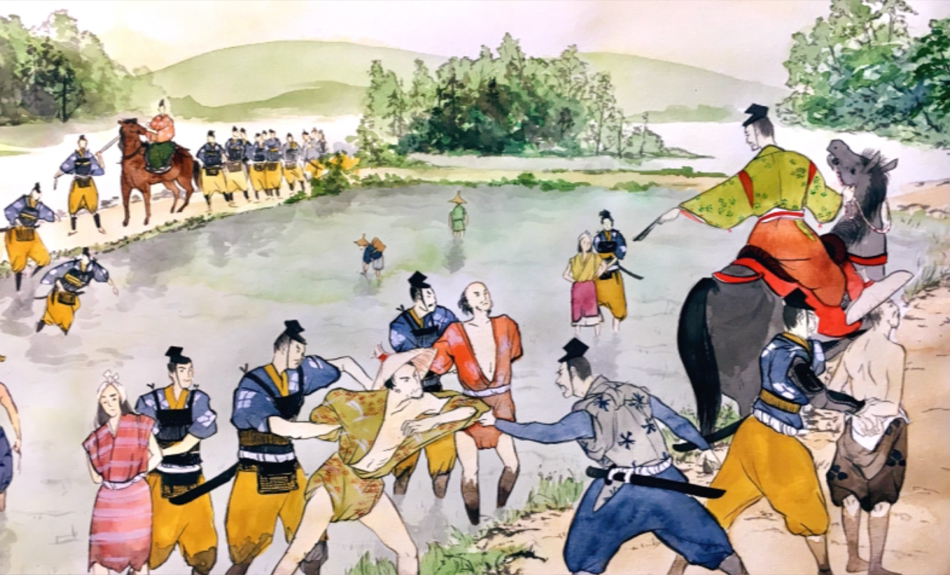
Transforming Society
Little streams come together to form the great ocean … When I, Nichiren, first took faith in the Lotus Sutra, I was like a single drop of water … But later, when two people, three people, ten people, and eventually … a million people come to recite the Lotus Sutra and transmit it to others, then they will form … an ocean of great [enlightenment].
—Nichiren Daishonin, WND-1, 579–80
Buddhism … enables us to find supreme hope within ourselves. When we can find supreme hope in our own lives, we can also find the same luminous hope in the lives of others. We can awaken to our mission of building a new and better world characterized by respect for life and human dignity, based on a fundamental spirit of empathy and caring for others.
—Daisaku Ikeda, May–Jun 2011 Living Buddhism, p. 46
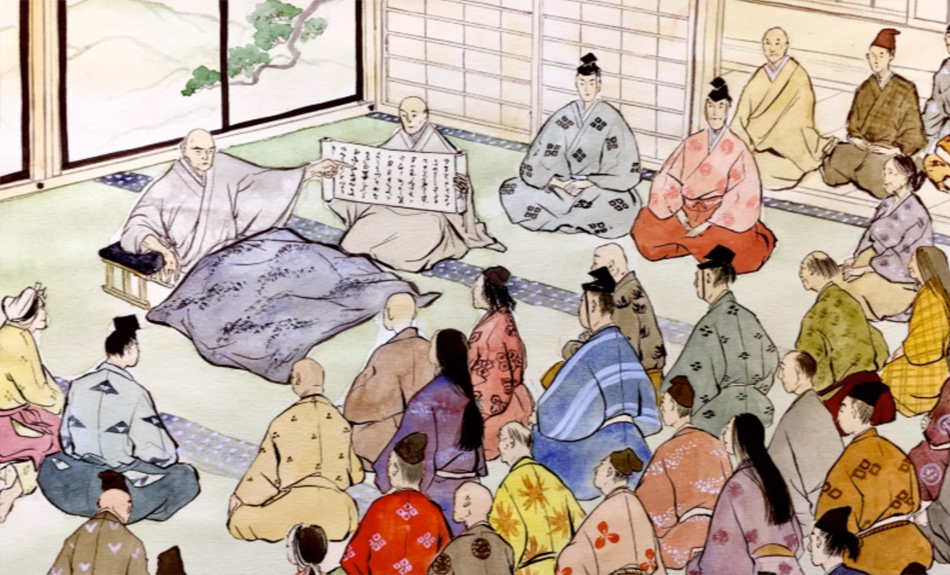
Buddhism After Nichiren
Religions that are dependent on authority and power naturally cannot possibly serve as a force for reform or to develop society for the benefit of the people.
—Josei Toda, The Human Revolution, p. 1624
During Japan’s feudal age, the government had imposed a parish system to tighten its control and surveillance over the population. It forced people to register with their local Buddhist temples, and prohibited religious debate. Many priests stopped trying to propagate their teachings, while some used their government-sponsored authority to impose their will over the people for their own benefit.
From time to time, believers embraced Nichiren’s teachings and created thriving lay organizations. When the government persecuted these organizations, Nichiren Buddhist temples remained silent, doing nothing to help. Although some temples preserved Nichiren’s writings, few priests maintained his spirit to stand up to injustice and propagate Buddhism for the peace of the land.
As the parish system entrenched itself into Japanese society, Buddhist formality and ritual eventually all but replaced the substance of Buddhist practice and philosophy. For nearly 700 years these Japanese feudal traditions persisted—and continue to exert their influence today. (The Development of the Temple-Parishioner System, p. 25)
